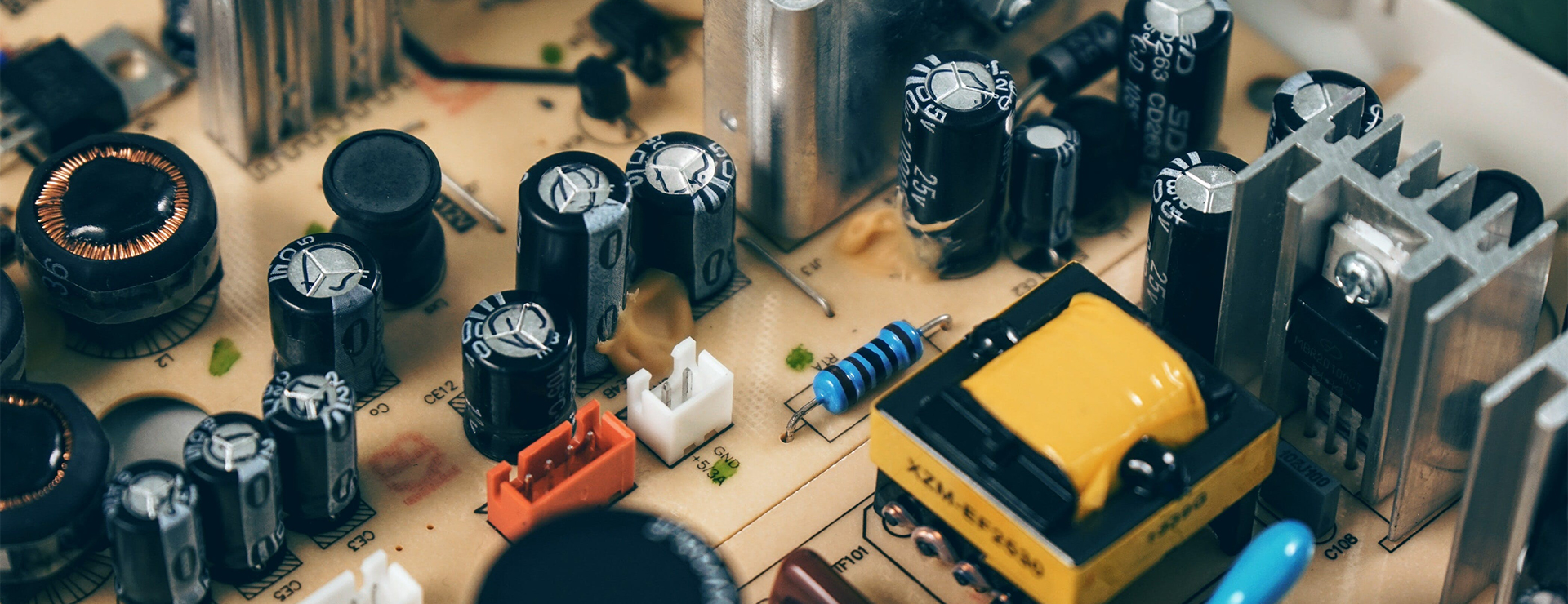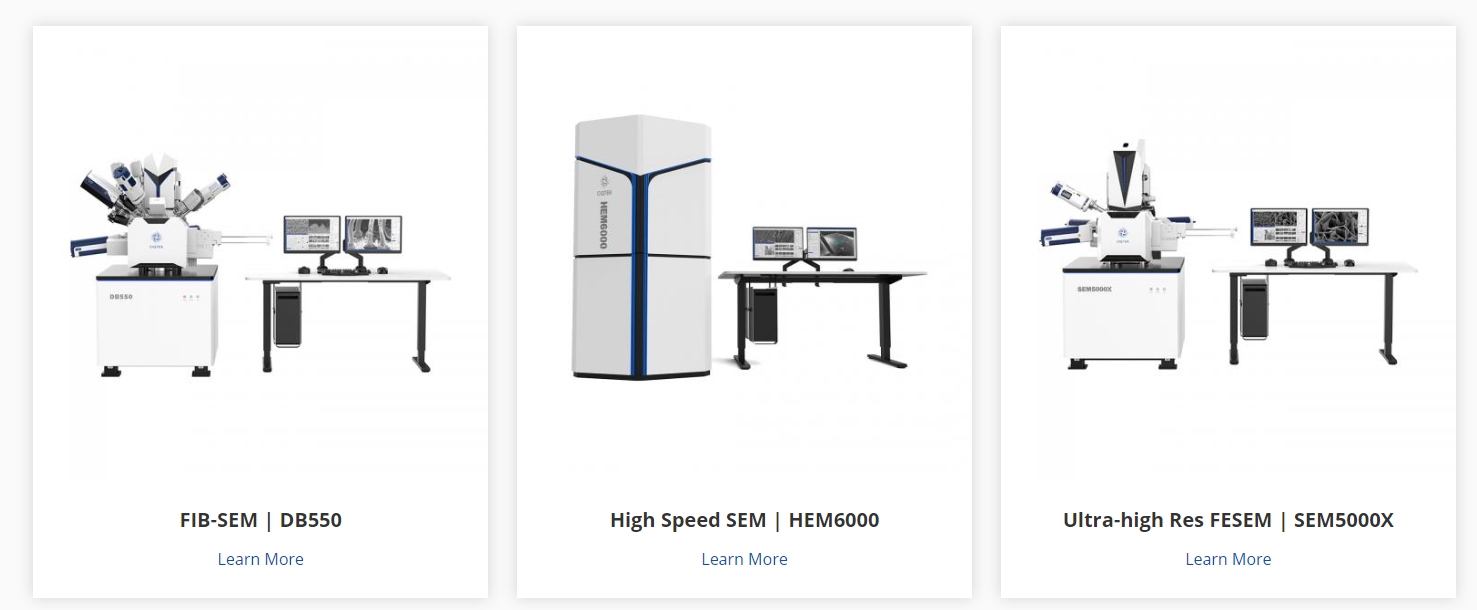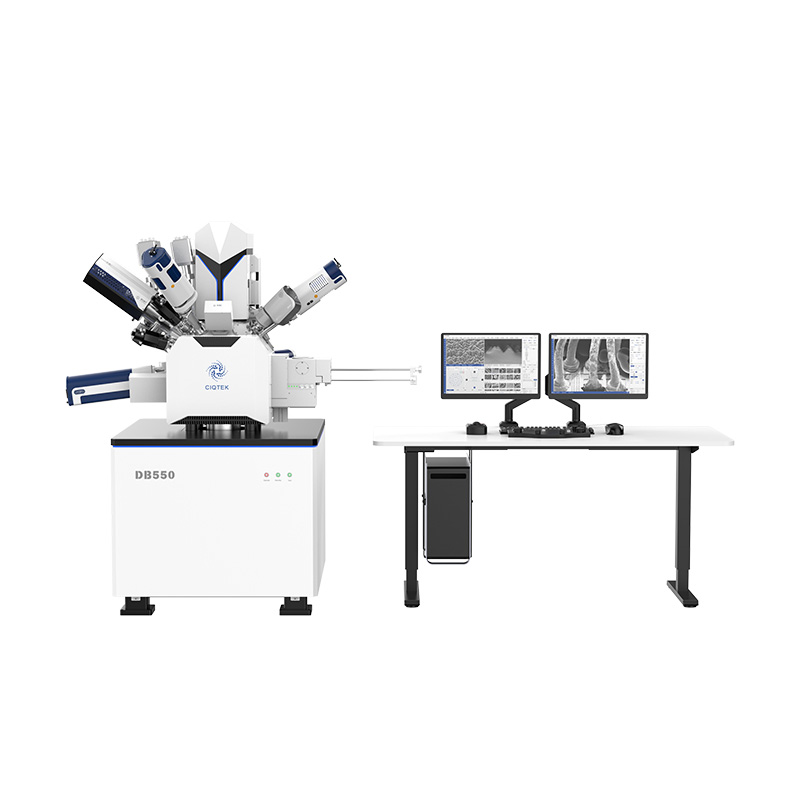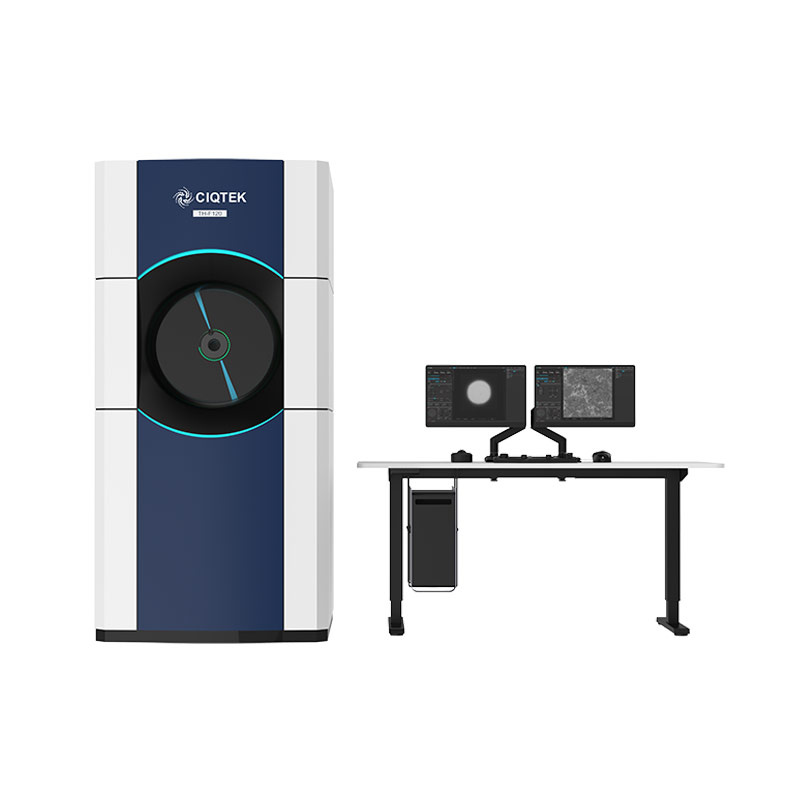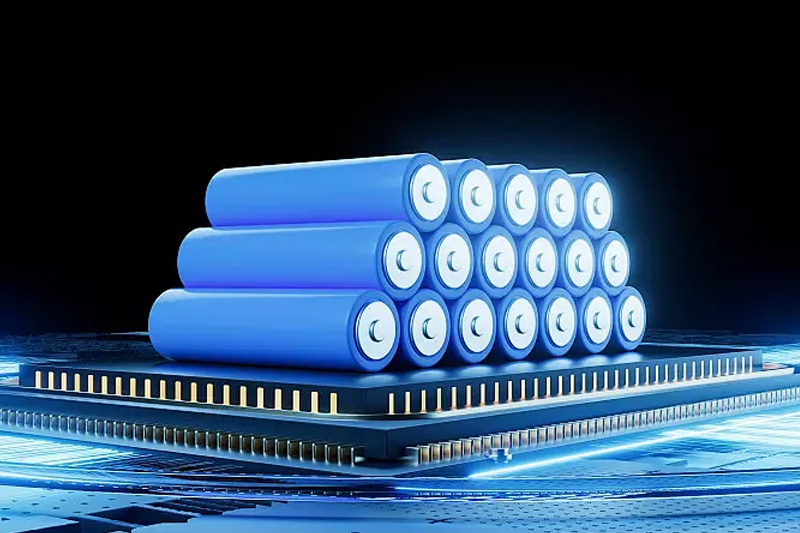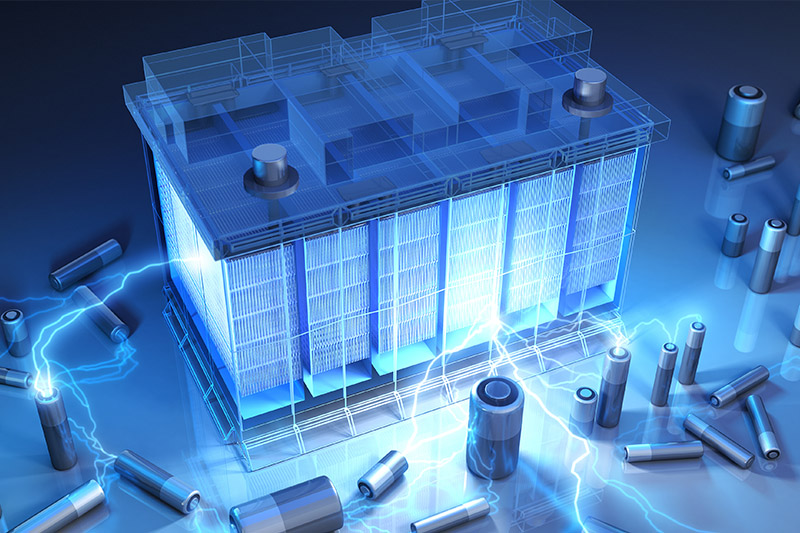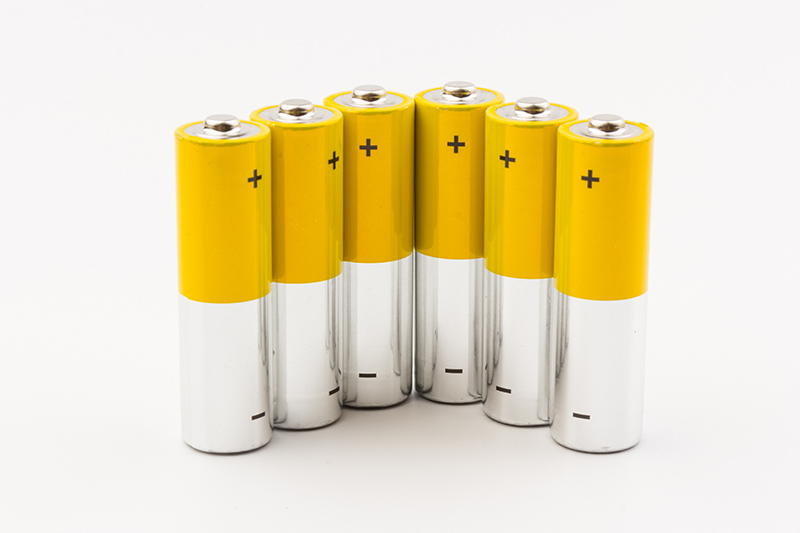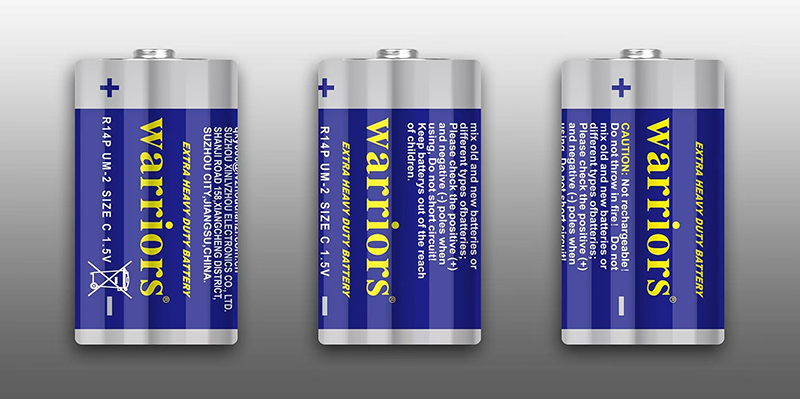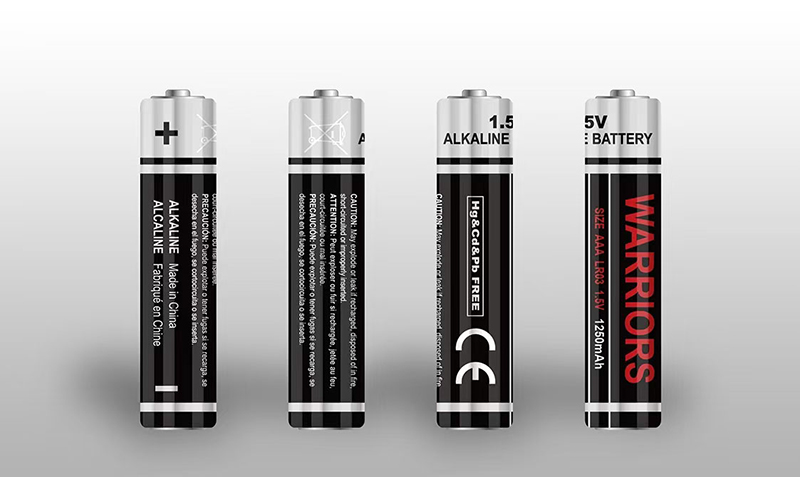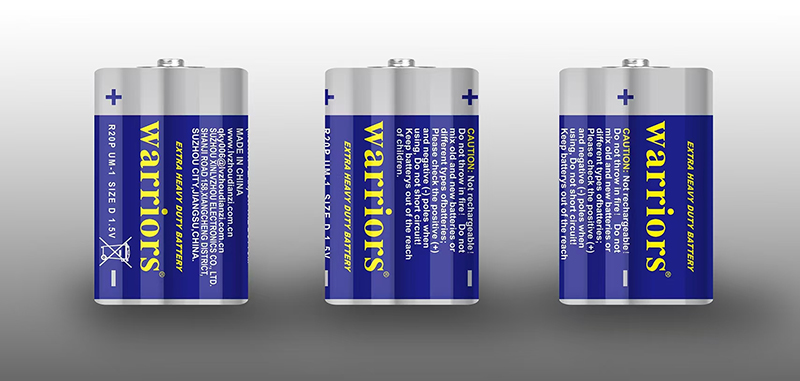What Are the Benefits of Using IsoClad 933 PCB?
In the ever-evolving world of electronics, the demand for high-performance, reliable, and versatile printed circuit boards (PCBs) is at an all-time high. Enter the IsoClad 933 PCB, a cutting-edge solution designed to meet the rigorous demands of modern applications. Whether you're working on conformal antennas, radar systems, or electronic warfare systems, the IsoClad 933 31mil PCB is engineered to deliver exceptional performance, durability, and precision.
In this deep dive, we’ll explore the features, benefits, construction details, and applications of the IsoClad 933 PCB, showcasing why it’s a good PCB in the PCB industry.
Introduction to IsoClad 933: The Foundation of Innovation
Rogers Corporation, a global leader in advanced materials, has once again raised the bar with its IsoClad 933 laminates. These laminates are non-woven fiberglass/PTFE (polytetrafluoroethylene) composites specifically designed for use as PCB substrates. What sets IsoClad 933 apart is its unique non-woven reinforcement, which provides unparalleled flexibility and conformability. This makes it an ideal choice for applications where the final circuit may need to adapt to complex shapes or environments.
The proprietary manufacturing process of Rogers IsoClad 933 incorporates longer random fibers, resulting in superior dimensional stability and enhanced mechanical strength. These properties make it a reliable substrate for high-frequency and high-performance applications, ensuring consistent performance even under challenging conditions.
Key Features of IsoClad 933 PCB
The IsoClad 933 Rogers PCB is packed with features that make it stand out in the competitive PCB market. Here’s a closer look at what makes this product exceptional:
1. Exceptional Electrical Properties
-Dielectric Constant (Dk): 2.33 at 10GHz/23°C
The low and stable dielectric constant ensures minimal signal loss, making it ideal for high-frequency applications.
-Dissipation Factor (Df): 0.0016 at 10GHz/23°C
The low dissipation factor translates to reduced signal attenuation, ensuring efficient signal transmission.
2. Mechanical Strength and Durability
-Peel Strength: 10 lbs. per inch
This high peel strength ensures robust bonding between layers, enhancing the PCB’s durability.
-Low Water Absorption: 0.05%
The low water absorption rate makes it suitable for use in humid or moisture-prone environments.
3. Dimensional Stability
The non-woven fiberglass reinforcement provides excellent dimensional stability, reducing the risk of warping or deformation during manufacturing or operation.
4. Low Outgassing
Total Mass Loss (TML): 0.03%
Collected Volatile Condensable Materials (CVCM): 0%
Water Vapor Regained (WVR): 0.02%
These low outgassing properties make IsoClad 933 suitable for aerospace and satellite applications, where outgassing can compromise performance.
5. Great Dk Uniformity
The consistent dielectric constant across the board ensures reliable performance across a wide range of frequencies.

Benefits of IsoClad 933 PCB
The IsoClad 933 31mil Rogers substrate PCB isn’t just about features; it’s about delivering tangible benefits to engineers, designers, and end-users. Here’s what you can expect:
1. Flexibility and Conformability
Unlike traditional woven fiberglass PCBs, IsoClad 933 is less rigid, making it ideal for applications requiring conformability. This flexibility opens up new possibilities for innovative designs, particularly in conformal antennas and wearable electronics.
2. High Isotropy
The material is highly isotropic in the X, Y, and Z axes, ensuring uniform performance regardless of the direction of signal propagation.
3. Stable Dk Over a Range of Frequencies
The stable dielectric constant across frequencies ensures consistent performance, making it suitable for broadband applications.
4. Improved Dimensional Stability
The enhanced dimensional stability reduces the risk of manufacturing defects, ensuring higher yields and lower costs.
5. Versatility
From aerospace to telecommunications, the IsoClad 933 PCB is versatile enough to meet the demands of a wide range of industries.
PCB Construction Details
The IsoClad 933 PCB is meticulously crafted to meet the highest standards of quality and performance. Here’s a breakdown of its construction:
PCB Stackup
Layer 1: Copper (35μm)
Core: Rogers IsoClad 933 (0.787 mm / 31 mil)
Layer 2: Copper (35μm)
PCB Construction
Board Dimensions: The IsoClad 933 PCB comes in a standard size of 70.07mm x 58.31mm, allowing for versatile use across various applications. The dimensions are precise, with a tolerance of +/- 0.15mm.
Minimum Trace/Space: The PCB supports a minimum trace/space of 5/4 mils, enabling precise routing of high-density circuitry and enhancing overall design flexibility.
Minimum Hole Size: The IsoClad 933 PCB accommodates a minimum hole size of 0.3mm, ensuring compatibility with a wide range of components and facilitating efficient assembly processes.
Finished Board Thickness: The finished thickness of the IsoClad 933 PCB is 0.9mm, striking the perfect balance between robustness and compactness.
Finished Cu Weight: The outer layers of the PCB feature a finished copper weight of 1oz (1.4 mils), providing an ideal balance between conductivity and manufacturability.
Via Plating Thickness: The via plating thickness of the IsoClad 933 PCB is 20μm, ensuring reliable electrical connectivity throughout the circuit.
Surface Finish: The PCB is treated with immersion tin, offering excellent solderability and preserving the copper pads from oxidation.
Silkscreen and Solder Mask: The IsoClad 933 PCB comes with a top silkscreen in white, providing clear component labeling. It features a blue top solder mask, protecting the copper traces and ensuring easy inspection.
100% Electrical Test: Prior to shipment, each IsoClad 933 PCB undergoes a rigorous 100% electrical test, ensuring that it meets the specified performance parameters and adheres to the highest standards of quality.
PCB Statistics
The IsoClad 933 PCB demonstrates its versatility and adaptability through its wide range of statistics:
Components: The PCB can accommodate up to 19 components, offering ample space for various functionalities and circuitry requirements.
Total Pads: With a total of 52 pads, the IsoClad 933 PCB enables efficient connectivity and integration of components.
Thru-Hole Pads: The PCB provides 25 via pads for through-hole components, facilitating robust and reliable connections.
Top SMT Pads: With 27 surface-mount technology (SMT) pads on the top layer, the IsoClad 933 PCB complements modern assembly techniques and enables compact designs.
Bottom SMT Pads: The PCB has no SMT pads on the bottom layer, making it suitable for applications where components are primarily mounted on the top layer.
Vias: The IsoClad 933 PCB features 17 vias, enabling seamless through-hole connections between different layers of the circuit.
Nets: The PCB supports 2 nets, ensuring efficient signal routing and effective connectivity.
Typical Applications
The IsoClad 933 high frequency PCB is designed to excel in a variety of high-performance applications. Here are some of the most common use cases:
1. Conformal Antennas
The flexibility and conformability of IsoClad 933 make it an excellent choice for conformal antennas, which are often used in aerospace and defense applications.
2. Stripline and Microstrip Circuits
The stable dielectric constant and low dissipation factor make it ideal for stripline and microstrip circuits, ensuring minimal signal loss and high efficiency.
3. Guidance Systems
The high mechanical strength and dimensional stability of IsoClad 933 make it suitable for guidance systems, where precision and reliability are critical.
4. Radar and Electronic Warfare Systems
The low outgassing and excellent electrical properties make it a preferred choice for radar and electronic warfare systems, where performance under extreme conditions is a must.
Why Choose IsoClad 933 PCB?
In a market flooded with options, the IsoClad 933 PCB stands out for its unique combination of flexibility, durability, and performance. Whether you’re designing cutting-edge electronics for aerospace, defense, or telecommunications, this PCB offers the reliability and versatility you need to bring your vision to life.
With its advanced features, robust construction, and proven performance, the IsoClad 933 PCB is more than just a component—it’s a foundation for innovation.
Conclusion
The IsoClad 933 high frequency circuit board is a testament to Rogers Corporation’s commitment to pushing the boundaries of what’s possible in PCB technology. Its unique blend of flexibility, stability, and performance makes it an indispensable tool for engineers and designers working on the next generation of electronic devices.
Whether you’re developing conformal antennas, radar systems, or guidance systems, the IsoClad 933 PCB is ready to meet your most demanding requirements. Explore the possibilities today and experience the difference that advanced materials and superior engineering can make.
Availability: Worldwide
Artwork Format: Gerber RS-274-X
Quality Standard: IPC-Class-2
For more information or to place an order, contact us today and let us help you take your projects to the next level with the IsoClad 933 PCB!
